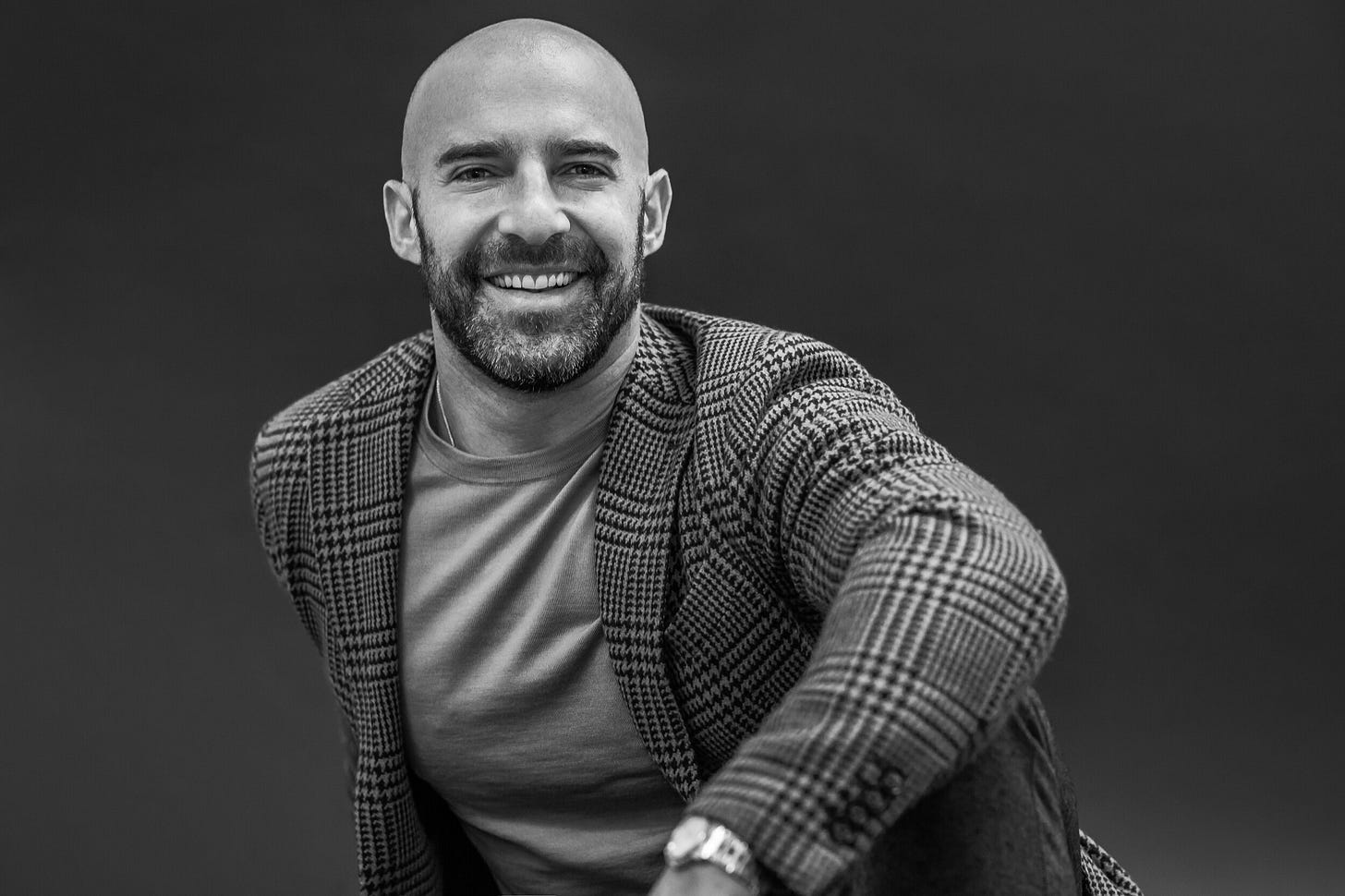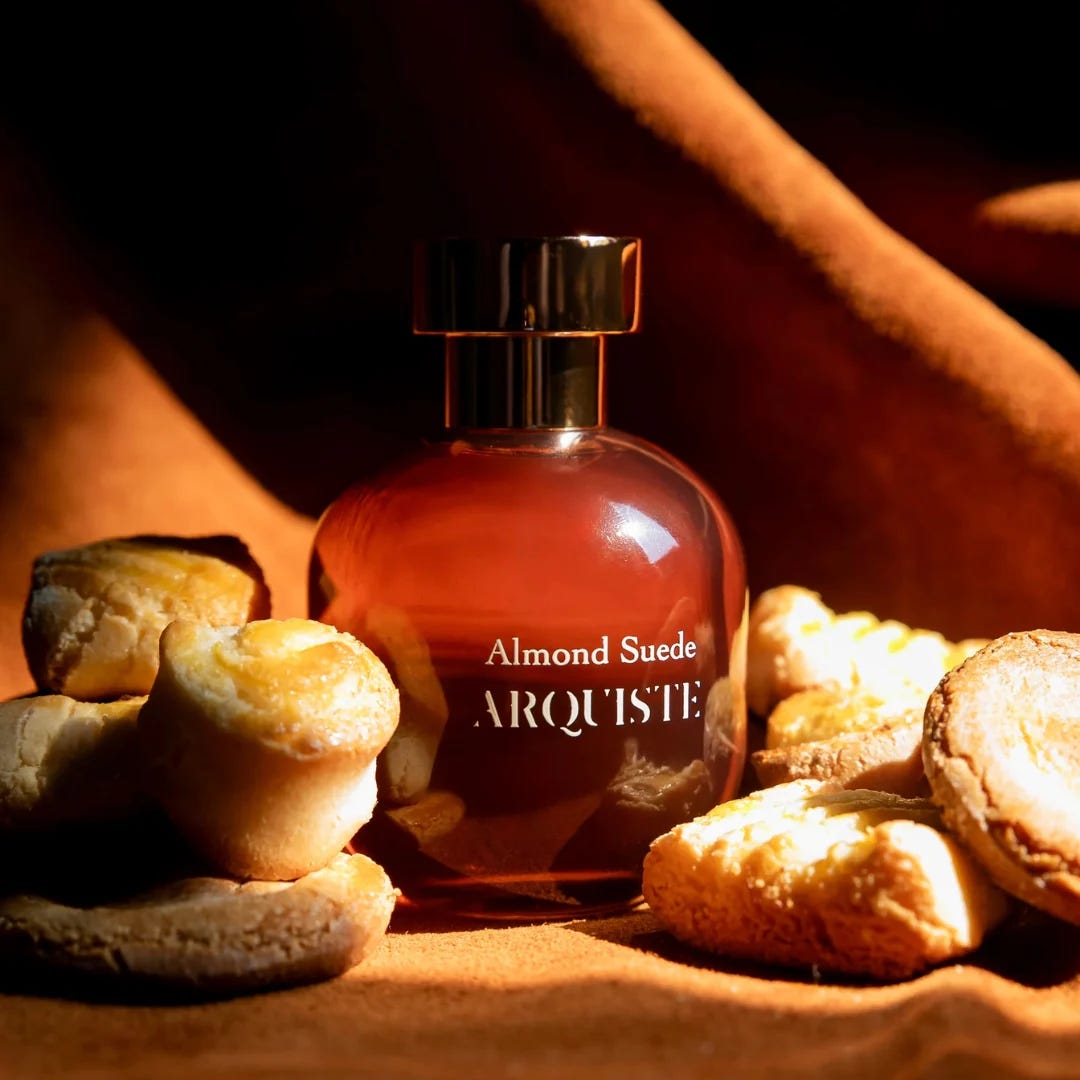How Carlos Huber Shapes the Olfactory World with Fragrance Architecture
EXCLUSIVE: CARLOS HUBER of ARQUISTE PARFUMEUR
This interview is part of a new Perfumeverse NYC series called Beyond the Bottle. In these interviews, we explore the notes, noses, and narratives of the local fragrance world for your scented pleasure.
For 13 years, Carlos Huber, founder of Arquiste Parfumeur, has been a fixture in New York City’s fragrance scene, charting his own path long before 'olfactory travel' became a trend or marketing copy. Combining his expertise in architecture and historical preservation, Carlos doesn’t just create scents—he crafts little liquid time machines.
Known for bottling the essence of historical moments, from a 17th-century convent in Mexico to the gilded opulence of Louis XIV’s court at Versailles, his approach blends rigorous historical research with modern olfactory storytelling. His precision and historian heart ensures each fragrance tells its story in full detail. Arquiste’s website even features a complete bibliography for every creation—a testament to his meticulous research and dedication. Dubbed the 'Renaissance Man of Good Smells' by Forbes, Carlos has a genius way of making history wearable, vivid, and timeless.
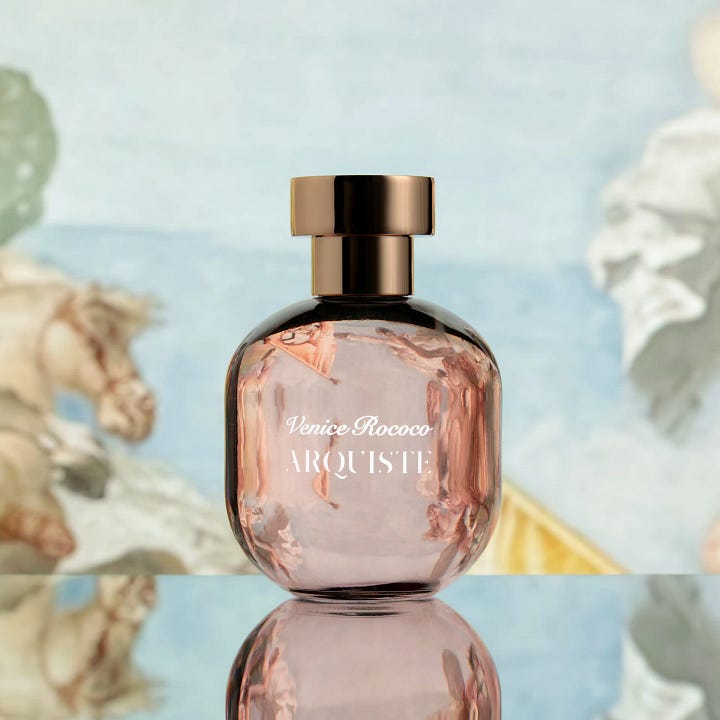
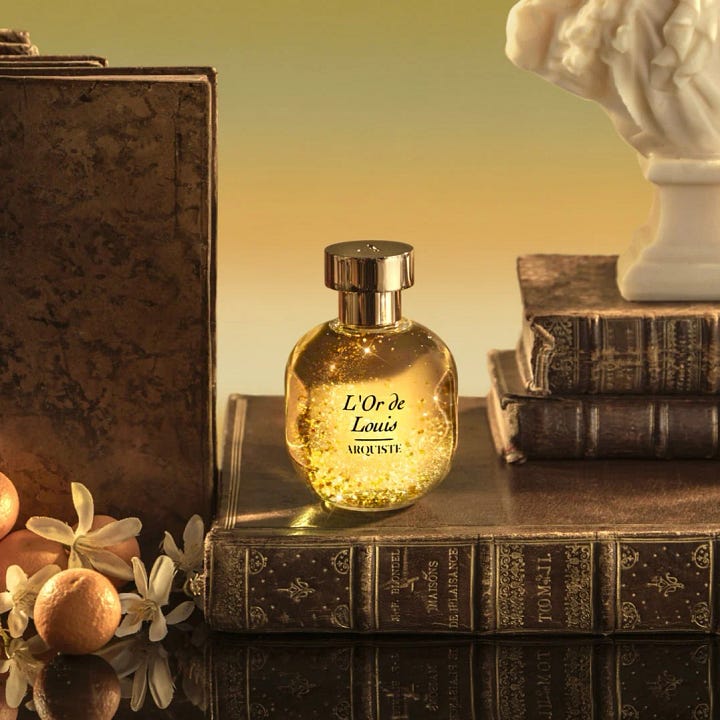
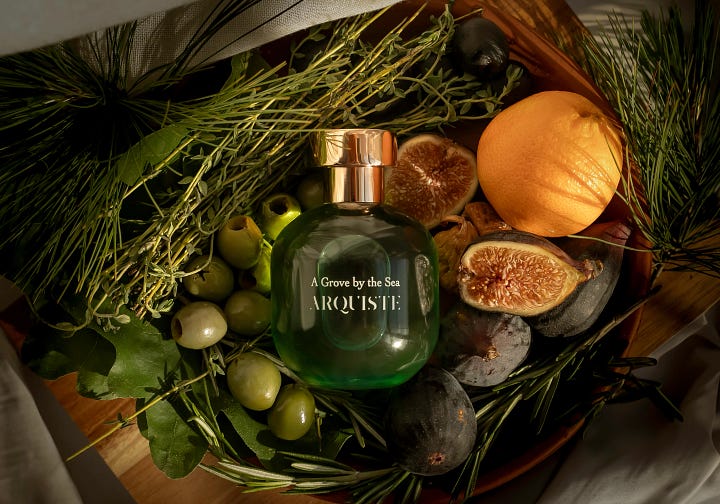
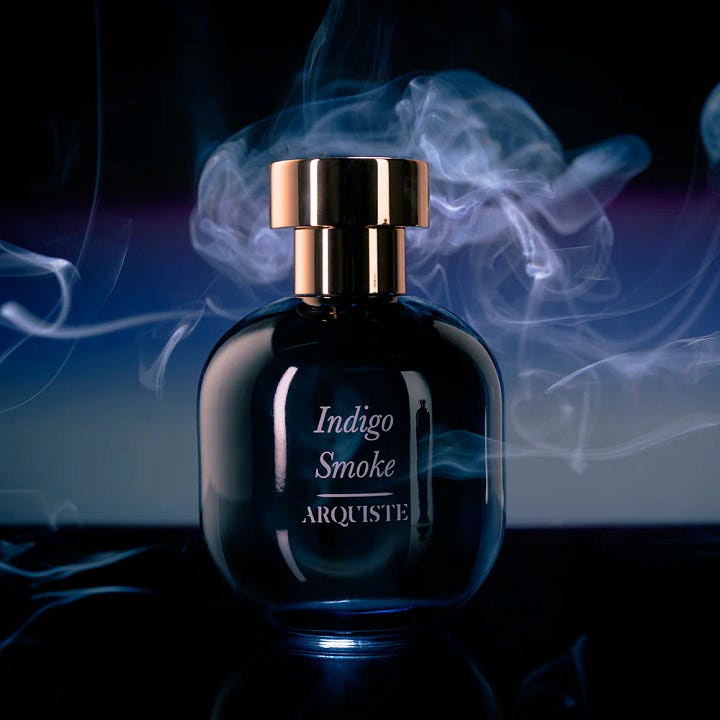
Carlos’ architectural training is more than a background detail—it shapes his entire approach to fragrance creation. Just as vernacular architecture reflects the materials, climate, and culture of a place, his scents are immersive environments, layered with olfactory and cultural details that evoke compelling stories. His journey into fragrance was serendipitous but now feels destined. While studying in France, a chance encounter with a fragrance evaluator eventually followed him to New York City. It was here that renowned perfumer Rodrigo Flores-Roux welcomed him into an 'after-hours' perfume club. What began as an immersive hobby after work evolved into a mentorship that, along with his friendship with Yann Vasnier, became the foundation for Arquiste’s future.
In today’s Beyond the Bottle, we sat down with Carlos to discuss New York’s vibrant fragrance scene, his creative process, and why authenticity is key to standing out in today’s crowded perfume market.
You started talking about “fragrance architecture” in 2011. How do scent and space intersect?
Carlos: Architecture and fragrance both create immersive environments. Scent defines a space as much as design. For instance, Japanese architecture incorporates Hinoki wood for its fragrance, and historical mosques infused resins into their walls. These ideas inspire me to treat fragrance as part of an environment—not just a product you wear.
My architectural training taught me to preserve and honor history. With fragrance, I aim to transport people to a time or place, much like how a well-designed building tells a story. ‘Arquiste’ is a play on ‘architecture’ and ‘history.’ Even the logo is designed to feel timeless—subtle yet permanent, like the patina on an old building.
New York and Paris are often seen as the twin capitals of fragrance. What sets New York apart?
Carlos: Because perfume is a very French industry, people often think of France as the center of fragrance creation. But New York is just as central. All the major fragrance houses have offices here, which are just as large and influential, as the city caters to the entire world as a major center of commerce, retail, and fashion.
New York also has a distinct ability to blend the old and the new. It’s a place of old-school luxury and, at the same time, a creative hotspot for the dynamic, quirky, and young. Brands like Arquiste, which some might see as more old-world, coexist with experimental brands like D.S. & Durga. That diversity, together with the distinctively American spirit of entrepreneurship and openness is what makes New York so special.
How do you decide which stories to bring to life?
Carlos: I have total wanderlust, and travel is a huge inspiration for me. I like to say that Arquiste is “olfactory restoration.” Visiting a site is usually the starting point for a perfume story. That’s where I get the “olfactive experience” of the place. Travel and research guide my process in selecting stories that are creatively exciting, while ensuring they make sense within the collection. It’s important to offer something new, but above all, it should be interesting and beautiful.
Your recent launch, Almond Suede, is a delicious marzipan leather beauty. What’s the story behind it?
Carlos: Growing up in Mexico City, I felt a deep connection to Spain—through its food, culture, and history. I also lived in Spain for a year and worked on a restoration project in Ibiza. Almond Suede is inspired by the city of Córdoba during the golden age of Andalucía, a time when Arab, Christian, and Jewish communities coexisted. That idea of harmony feels so relevant and beautiful today.
Córdoba is renowned for its Cordovan leather, this incredibly thin, embossed material used for luxury goods. In the city’s streets, you might find a Moorish leather craftsman on one side and a bakery or convent on the other. The scent of freshly worked leather would mingle with the sweet aroma of almond pastries, creating a sensory snapshot of this cultural mix.
With Almond Suede, I wanted to combine something universally addictive and comforting—like marzipan—with something more nuanced, naughty, and sensual—like leather. It reflects Córdoba’s layered history and celebrates the beauty of exchange, influence, and coexistence.
In today’s world, cultural appropriation is a hot topic and people often don’t look beyond the surface. How do you stay true to your identity while respectfully telling these global stories?
Carlos: I was born and raised in Mexico and have spent 19 years in the US. I once wore a traditional Mexican costume and some stranger on social media commented I was appropriating Mexican culture, without knowing who I was or where I was from. They were so clueless. People have told me that I should make Arquiste all about Mexico and “lean into my identity” but I realized they wanted me to lean into their own idea of Mexican-ness, and I would feel like a fraud if I did that—my Mexico is multicultural, it's a crossroads of the world, and I wouldn't want to fall into clichés, especially foreigners' ideas about Mexico. I want my fragrances to reflect the broader, multicultural experiences that inspire me.
When I create a fragrance, I approach it with respect and care. I look for narratives that resonate with me personally and that I can explore in an open, authentic way. I like to focus on places that are culturally diverse. That gives me the chance to highlight the rich ingredients and stories that feel true to me and talk about cultural exchange. For me, it’s about celebrating these influences in a way that’s thoughtful, respectful, and meaningful.
How has it been working with Rodrigo Flores-Roux, and most recently, Calice Becker?
Carlos: Rodrigo is one of my best friends, and forever my teacher. Working with him is more than a collaboration—it’s the unraveling of a fragrant story in many chapters. You can see our evolution as designer and perfumer in our work together. To have this type of partnership with one of the world’s best perfumers is a huge privilege. Calice is one of the loveliest humans and an absolutely masterful, iconic perfumer. I feel so fortunate to have worked with her. This industry is pretty old school in some ways, and the importance of human relationships is one of its most significant and positive aspects.
Your bottles haven’t changed much in 13 years (clearly, you nailed it from the start). What’s your design process like when it comes to crafting the bottles, typography, and colors?
Carlos: I wanted a round, ergonomic bottle that wouldn’t overwhelm the concept behind each perfume. I love how they feel like scent grenades or baubles. The color story developed gradually, and I aim for something rich and nuanced—colorful but with good taste. The typography connects to each perfume’s background story; everything ties back to the fragrance’s character.
Tell us about who inspired the recently launched Little Paws Candle.
Carlos: My dog, Chorizo! It isn’t a historic scent but a deeply personal one. It captures the comforting smell of a dog’s paws—corn chips, popcorn, musk, orris root, vanilla—with a chic twist. It’s cozy, fun, and heartfelt—a tribute to the joy pets bring.
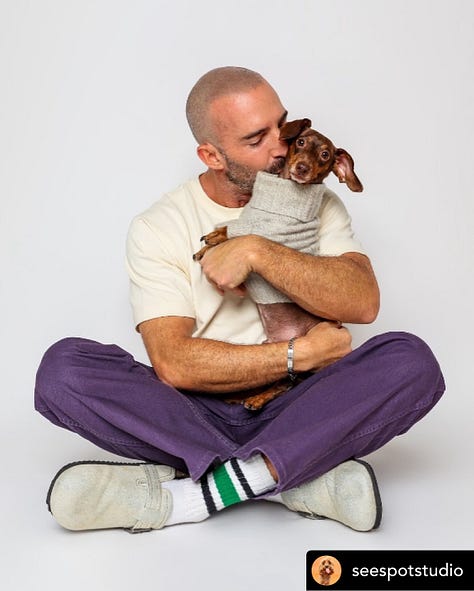
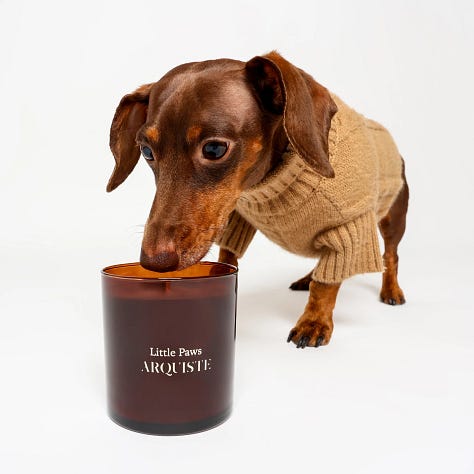
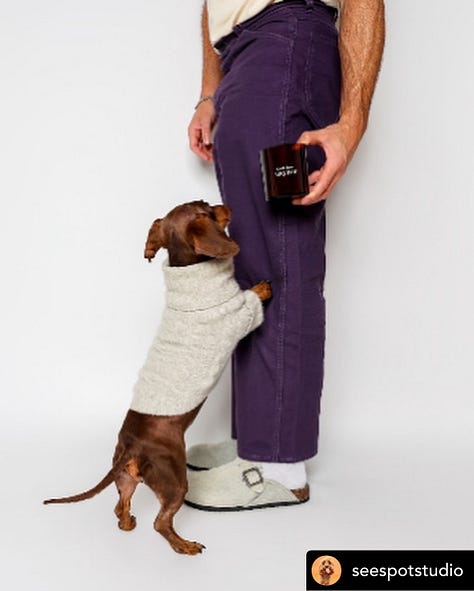
You’ve collaborated with prestigious brands like St. Regis, J.Crew, and Trudon, helped craft Vacation’s award-winning scent, and served as an advisor for Chicago-based Bianco Profumo. What has your experience been like working on such diverse projects?
Carlos: Collaborating with other brands is an important part of my career—it’s both rewarding and fun, though not without its challenges. My role involves digesting the vision of each brand, helping them translate it to the perfumer, and guiding them on what works within the fragrance industry. It’s like having an insider.
What advice would you give to aspiring fragrance entrepreneurs?
Carlos: Be passionate and authentic—fully commit to what you’re creating. Don’t chase trends or make products just for money; it dilutes the industry. Focus on quality, make sure your product is perfection. The product is what people will remember. And, treat perfumers as the artists they are. Great fragrances take time; respect the process.
Do you have a favorite scent or a particularly challenging one?
Carlos: They’re all dear to me, but Misfit was especially challenging. We had to balance patchouli’s richness with elegance, using ambers and lavender to refine it. Conversely, A Grove by the Sea came together effortlessly and transports me straight to the Mediterranean.
Would you ever make a fragrance based on New York?
Carlos: Hmm…maybe I already have. Stay nosy in 2025.



